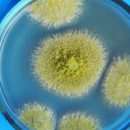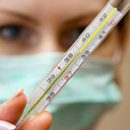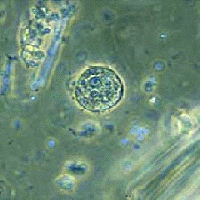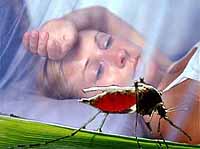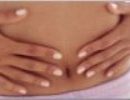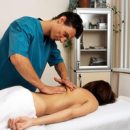What is lepra? What are the causes of lepreica? What are the symptoms of leprees? How to diagnose and lepring treatment? Answers to these questions you will find in the article.
Content
What is lepra
Leprosy
- chronic disease characterized by
progressive lesion of the skin. With long and correctly conducted
treatment prediction is good, deadly outcomes are rare. However B
Lack of lepring treatment leads to severe disability. Lepromatosny
The form of the disease can lead to blindness and deformity.
There are three molds of leprosy:
- Lepromatous, the most severe, which damages the upper respiratory tract, eyes and testicles, as well as the nervous system and the skin;
- tuberculous, striking peripheral nerves and sometimes skin, hands, legs and buttocks;
- Border, which is characterized by the presence of signs and lepleromatous, and tuberculosis forms.
sick mainly in the underdeveloped Asian countries (especially in India and
China), in Africa, South America and the Islands of the Caribbean Sea and Pacific
Ocean.
The cause of the disease Leproy
Lepra - bacteria. Unlike generally accepted opinion, a little lepros
Contugible. Infection occurs only as a result of a long
constant contact with the patient, as 9 out of 10 people possess
Natural immunity to lepreing.
Susceptibility
to the disease above all in childhood and with age, apparently,
decreases. The transfer occurs, apparently, air-drip
by or through damaged skin, for example, when tattooing
contaminated needle or when using contaminated needles for subcutaneous
Injections. Incubation period Durable - from 6 months to 8 years.
Symptoms leprees
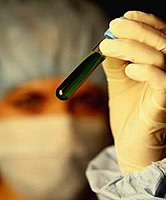
If
bacteria, pathogens leprosy, striking skin nerves, lost
Surface sensitivity, there is no sweating, stains on
The skin is distinguished by dryness. With damage to nerve trunks is marked
soreness, weakness, loss of peripheral sensitivity,
Atrophy and muscle contracture. In later stages develop
Symptoms «Cogaty» brushes, sneaking feet and complications
(loss of cornea sensitivity, ulcers, conjunctivitis, elevated
Whole sensitivity and blindness). Later on deformed
Lands form scars.
and tuberculosis form give different patterns of skin lesions. At
Lepromatous form early appear numerous symmetric skin
lesions that have a kind of reddish spots and swab with smooth
Surface. Later they increase in size and form a tubercle and
nodes on ear sinks, nose, eyebrows and forehead, giving face a view so
called lion's muzzle. In the running cases in the process involved
Whole skin surface. When lepromatous form, eyebrows fall out, eyelashes,
Silence and sweat glands cease to function.
Defeat
upper respiratory tract leads to nasal bleeding, ulcers on
Sky tongue and almonds, caming of nasal partitions and deformation
Nose. The liver and spleen increase, the testicles are inflamed. As a result
Bone resorption Folang fingers on hands and legs are destroyed.
Tuberculosis on the skin appear large red spots or plaques
With distinct borders. As they grow, they become rude,
pale, hair in the foci of lesions falls out, later in these places
Painless scars are formed.
border forms of leprosy skin lesions are numerous but smaller
sizes, foci slowly lose sensitivity and have less
distinct boundaries than with tuberculosis form. If the border shape
lepros do not treat, it will go into a lepromatous form.
Diagnosis and treatment of leprosy
At an early stage of the disease, characteristic skin lesions are observed,
muscles and nerves that definitely indicate the leper. Doctor
When making a diagnosis, such data should consider such as
An adverse area of residence. Study a piece of fabric taken from
The focus of the skin lesion, fabric liquid from the skin rashes, scraping
mucous membrane, as well as blood help confirm the diagnosis.
Treatment consists in antimicrobial therapy with sulfonic drugs (mainly diaphenylsulfone).

